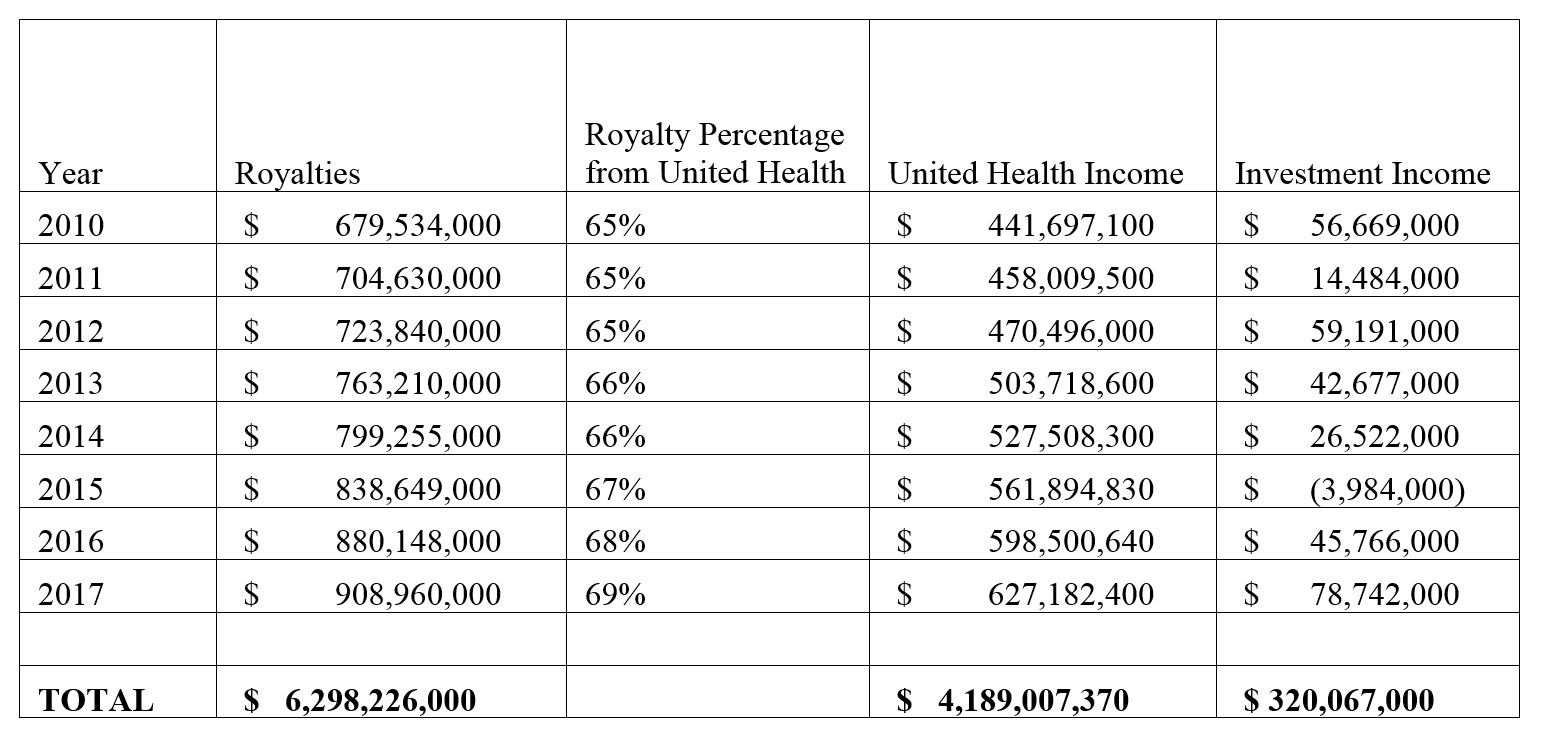How AARP Made BILLIONS Denying Care to People with Pre-Existing Conditions
On Wednesday, the U.S. Senate voted to maintain access to short-term health coverage. Senate Democrats offered a resolution disapproving of the Trump administration’s new rules regarding the more affordable plans, but the resolution did not advance on a 50-50 tie vote.
Because short-term plans need not comply with Obamacare’s restrictions on covering prior health ailments, Senate Democrats used the resolution to claim they will protect individuals with pre-existing conditions. But what if I told you that, in the years since Obamacare passed, one organization has made more than $4.5 billion in profits, largely from denying care to vulnerable individuals with pre-existing conditions?
Obamacare and Pre-Existing Conditions
Even though an article on AARP’s own website states that, as of 2014, “insurance companies [are] required to sell policies to anyone, regardless of their pre-existing medical conditions,” that claim isn’t quite accurate. Obamacare exempted Medigap supplemental insurance plans from all of its “reforms,” including the prohibition on “discriminating” against individuals with pre-existing conditions.
As a 2011 Washington Post article noted, individuals can apply for Medigap plans when they first turn 65 and become eligible for Medicare. “However, when Congress created this protection in 1992…it exempted disabled Medicare beneficiaries under age 65, a group that now totals 8 million people.”
In other words, the most vulnerable Medicare beneficiaries—those enrolled because they receive Social Security disability benefits—often cannot obtain Medigap coverage due to pre-existing conditions. And because traditional Medicare does not provide a catastrophic cap on patient cost-sharing (Medigap plans often provide that coverage instead), disabled beneficiaries who want to remain in traditional Medicare (as opposed to Medicare Advantage plans offered by private insurers) may face unlimited out-of-pocket spending.
Why Didn’t AARP ‘Show Congress the Money’?
In July 2009, the Congressional Budget Office (CBO) analyzed a House Democrat bill that, among other things, would have made Medigap coverage available to all individuals, regardless of pre-existing conditions. CBO stated that the Medigap provisions in Section 1234 of the bill would have raised federal spending by $4.1 billion over ten years—a sizable sum, but comparatively small in the context of Obamacare itself.
Contrary to the anonymous staffer’s claims to the Washington Post, if House Democrats truly wanted to end pre-existing condition “discrimination” against individuals with disabilities enrolling in Medicare, they had an easy source of revenue: AARP. As Democrats were drafting Obamacare, in November 2009, the organization wrote in a letter to Rep. Dave Reichert (R-WA) that AARP “would gladly forego every dime of revenue to fix the health care system.”
Since that time, AARP has made quite a few dimes—about 45,090,743,700, in fact—from keeping the health care system just the way it was.
Billions in Profits, But Few Principles

AARP makes its money several ways. As the chart demonstrates, a large and growing percentage of its “royalty” money comes from United Healthcare. United Healthcare sells AARP-branded Medigap plans, Part D prescription drug coverage, and Medicare Advantage insurance.
However, as a 2011 House Ways and Means Committee report made clear, in AARP receiving royalty revenues, not all forms of coverage are created equal. While the organization receives a flat fee for the branding of its Part D and Medicare Advantage plans, it receives a percentage (4.95 percent) of revenue with respect to its Medigap coverage. This dynamic means Medigap royalties make up the majority of AARP’s revenue from United Healthcare, giving AARP a decided bias in favor of the status quo, even if it means continuing to discriminate against individuals with disabilities.
AARP’s Deafening Silence
So if in the seven years since Obamacare’s enactment, AARP has earned more than enough in profits and investment income to offset the cost of changes to Medigap, and AARP publicly told Congress that it would gladly forego all its profits to achieve health care reform, why didn’t AARP make this change happen back in 2010?
AARP occasionally claims it supports reforming Medigap, normally in response to negative publicity about its shady business practices. But by and large, it avoids the subject entirely, preferring to cash in on its Medigap business by flying under the radar.
As I previously noted, in the fourth quarter of 2016 AARP lobbied on 77 separate bills, including such obscure topics as lifetime National Park Service passes, but took absolutely no action to support Medigap reform.
So the next time a liberal Democrat wants to get on his or her high horse and attack conservative policy on pre-existing conditions, ask why they support AARP making $4.5 billion in profits by denying care for individuals with disabilities. Then maybe—just maybe—one day someone could get AARP to put its money where its mouth is.
This post was originally published at The Federalist.